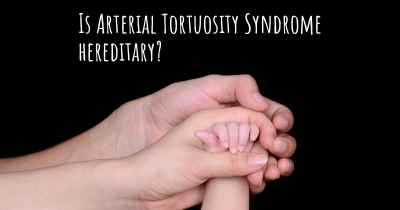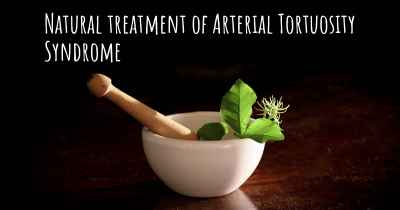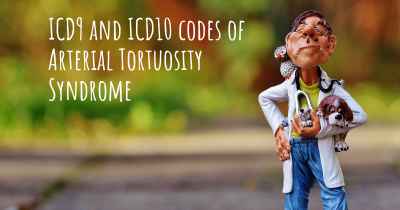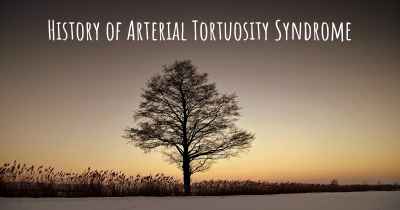What is the life expectancy of someone with Arterial Tortuosity Syndrome?
Life expectancy of people with Arterial Tortuosity Syndrome and recent progresses and researches in Arterial Tortuosity Syndrome
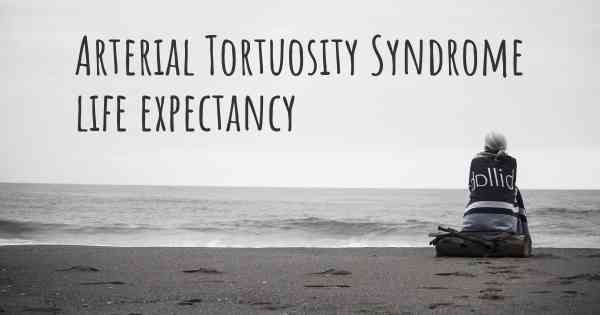
Arterial Tortuosity Syndrome (ATS) is a rare genetic disorder affecting the connective tissues of blood vessels, leading to their abnormal twisting and elongation. The severity of symptoms can vary widely among individuals with ATS, making it challenging to predict the exact life expectancy. However, it is important to note that ATS can potentially lead to serious complications, such as cardiovascular problems and organ involvement.
Early diagnosis and appropriate medical management are crucial in improving the quality of life and potentially extending the lifespan of individuals with ATS. Regular monitoring and treatment of associated conditions can help mitigate the risks and complications associated with this syndrome.
For accurate and personalized information regarding life expectancy, it is recommended to consult with a healthcare professional familiar with the individual's specific case.
Arterial Tortuosity Syndrome (ATS) is an extremely rare genetic disorder that affects the connective tissues in the body, particularly the blood vessels. It is characterized by the abnormal twisting and elongation of the arteries, leading to various complications and health issues. Due to its rarity, limited research and data are available regarding the life expectancy of individuals with ATS.
ATS is caused by mutations in the SLC2A10 gene, which is responsible for producing a protein called GLUT10. This protein plays a crucial role in the development and maintenance of blood vessels. When the SLC2A10 gene is mutated, it disrupts the normal structure and function of blood vessels, resulting in the characteristic tortuosity.
The severity of ATS can vary widely among affected individuals. Some individuals may experience mild symptoms and have a relatively normal life expectancy, while others may have more severe complications that can significantly impact their lifespan. The specific symptoms and complications associated with ATS can also vary from person to person.
Cardiovascular complications are the most common and significant health issues in ATS. The abnormal structure of the arteries can lead to problems such as arterial stenosis (narrowing), aneurysms (weakening and bulging of the artery walls), and dissections (tearing of the artery walls). These complications can affect blood flow and increase the risk of cardiovascular events, including heart attacks and strokes.
Other potential complications of ATS include pulmonary artery stenosis (narrowing of the pulmonary artery), gastrointestinal issues, joint hypermobility, and skin abnormalities. These complications can further contribute to the overall health challenges faced by individuals with ATS.
Given the limited information available, it is challenging to provide a precise life expectancy range for individuals with ATS. However, early diagnosis and appropriate management of the condition can significantly improve outcomes and quality of life. Regular monitoring and treatment of cardiovascular complications, such as surgical interventions for arterial stenosis or aneurysms, can help mitigate the risks associated with ATS.
Genetic counseling and support from healthcare professionals experienced in rare genetic disorders are essential for individuals and families affected by ATS. They can provide guidance, information, and resources to help manage the condition effectively and address any concerns or questions.
It is important to note that each individual's experience with ATS is unique, and the prognosis can vary depending on the specific genetic mutation, severity of symptoms, and the presence of associated complications. Therefore, it is crucial for individuals with ATS to work closely with their healthcare team to develop a personalized care plan.
Posted Mar 10, 2018 by Andrea Taylor 2500

